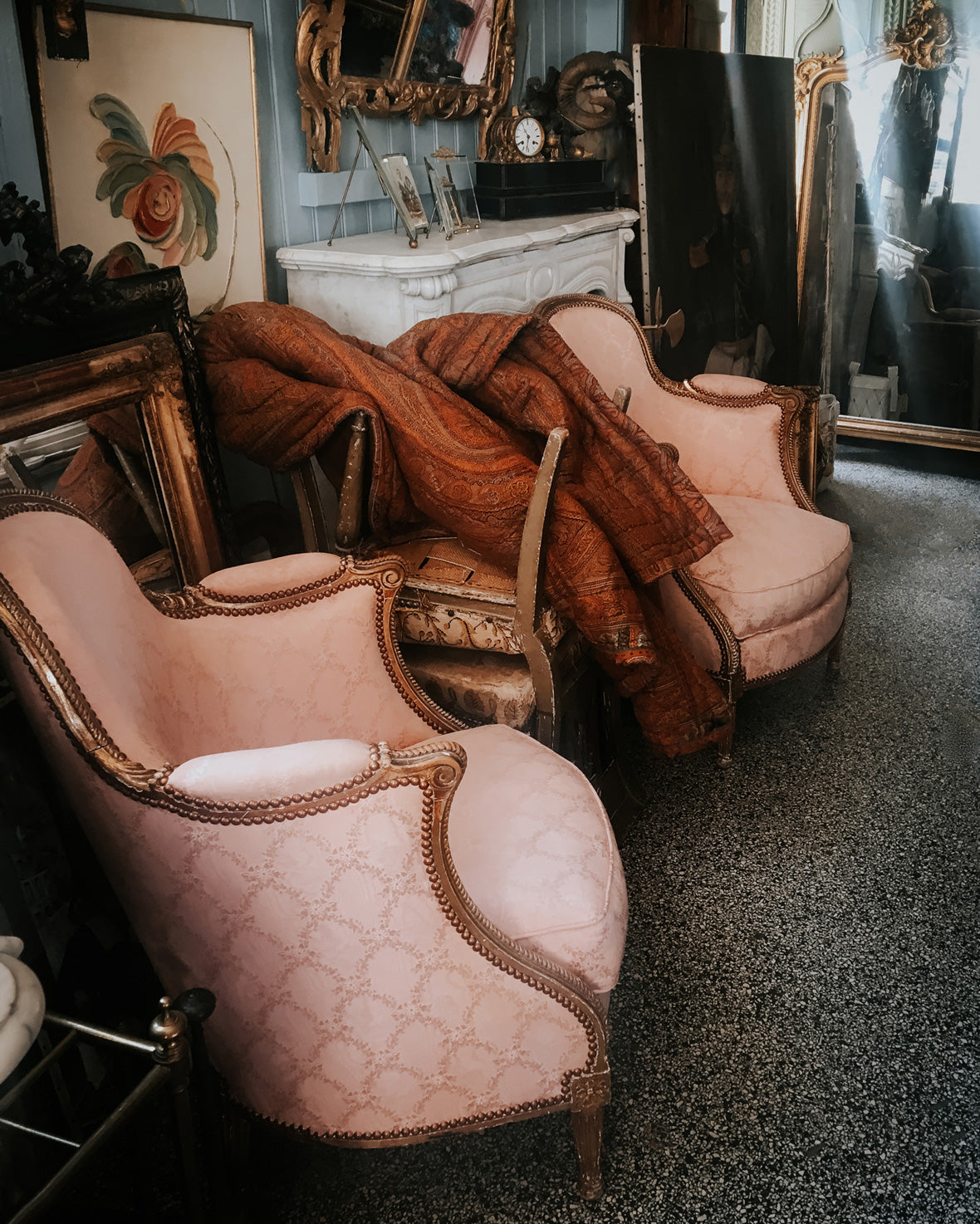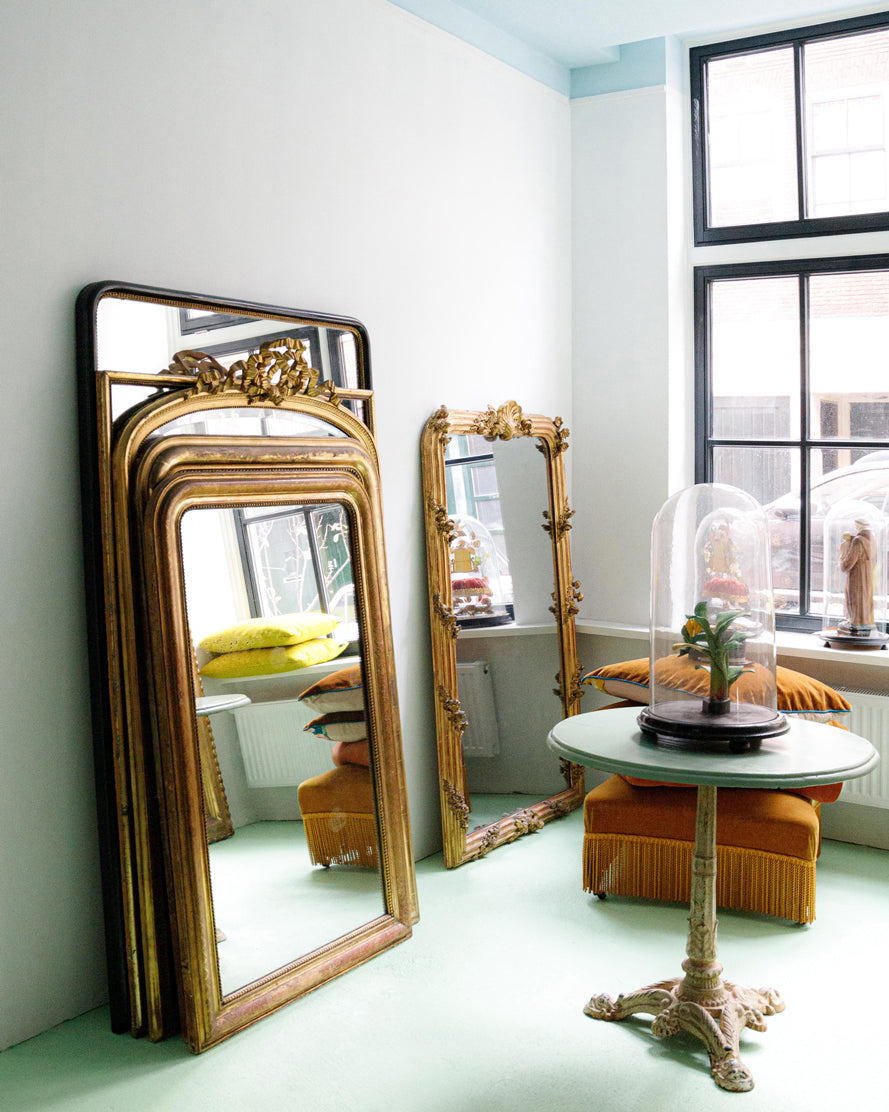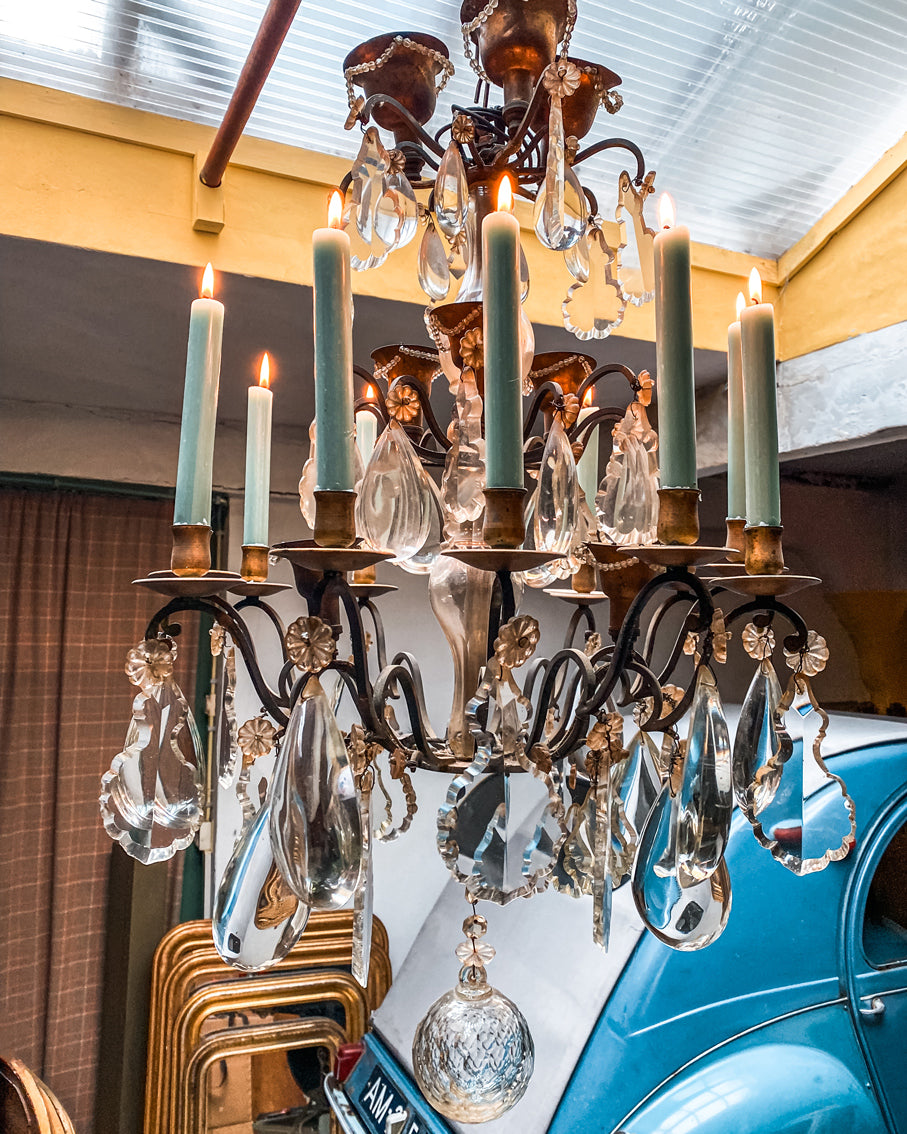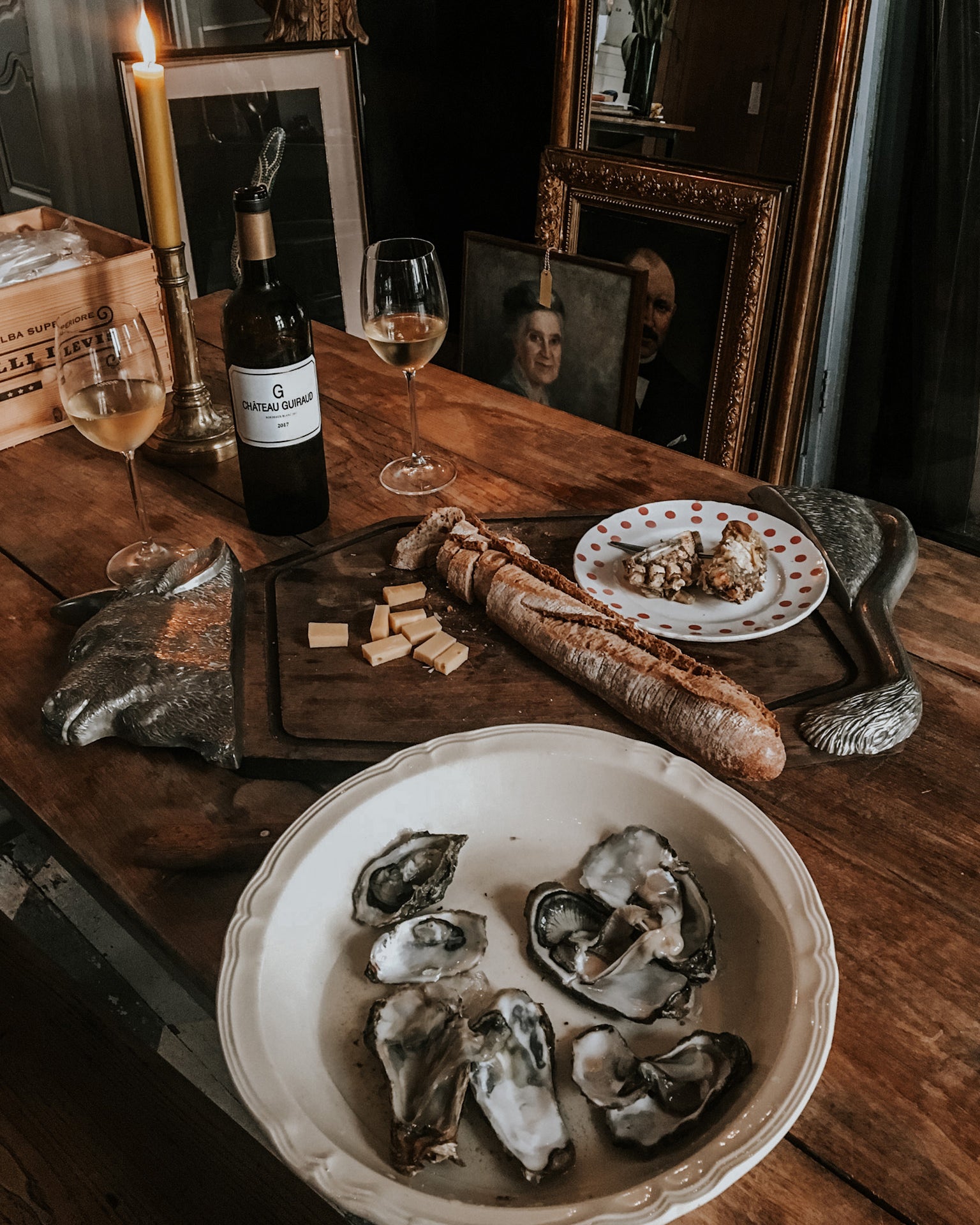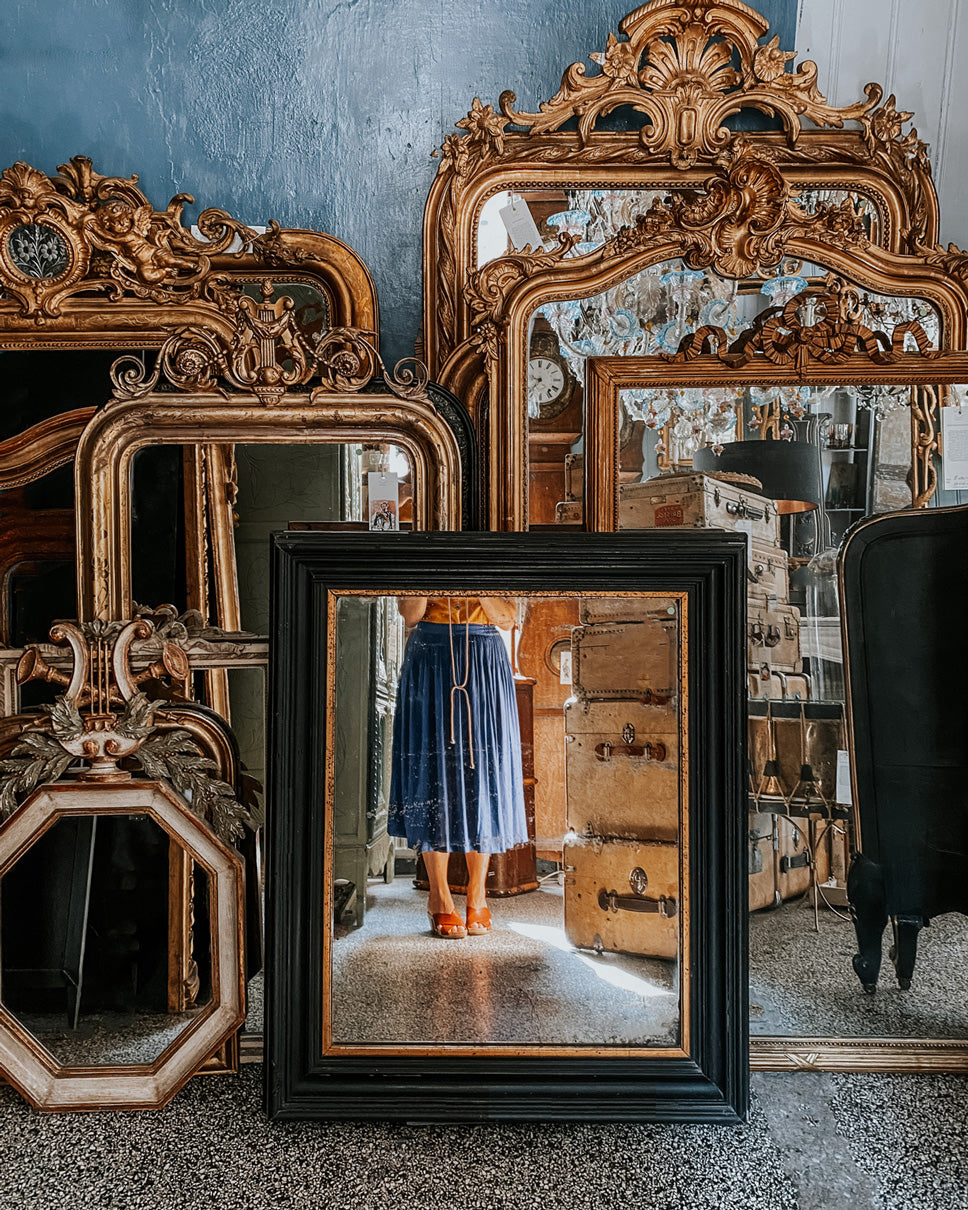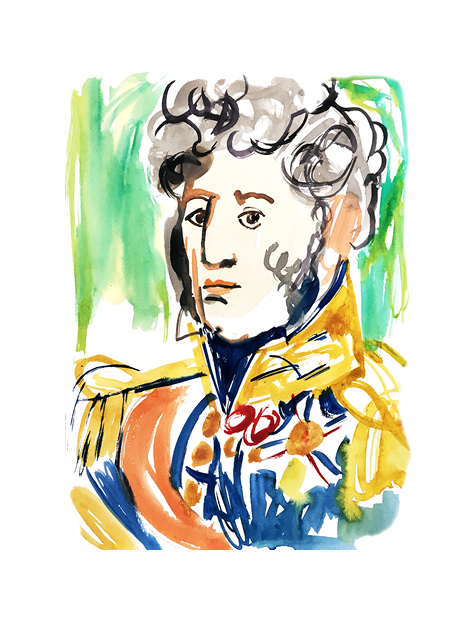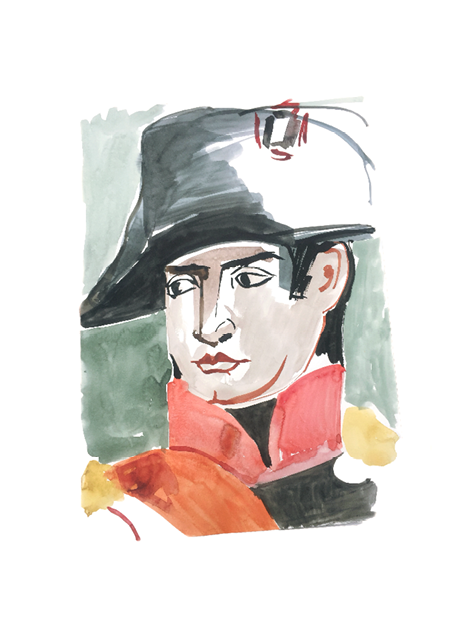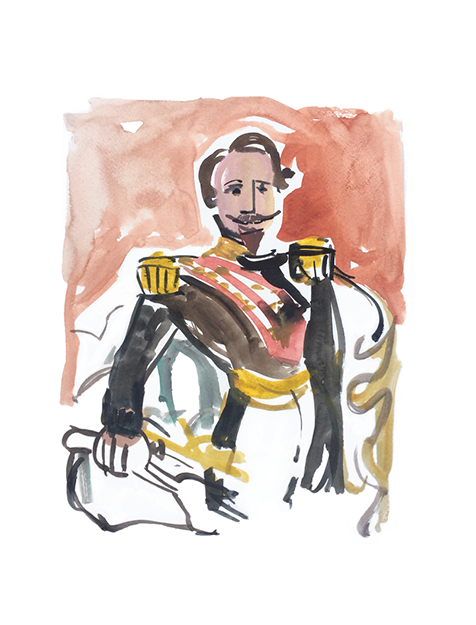9. Meet the French Royal Style: Louis Philippe
The Citizen King with a Taste for Practical Chic
If Louis Philippe were around today, he’d probably have a capsule wardrobe, an Oyster card, and a bulletproof Uber rating. Dubbed Le Roi Citoyen—the “King of the People”—this once-exiled royal returned from years of wandering across Europe and America (never staying more than 48 hours in one place!) to take the throne in 1830, only to flee again 18 years later dressed as “Mr. Smith.” Très incognito.
A king who outlived seven assassination attempts? Now that’s what we call durable. Much like the furniture from his reign.
Style Notes: Louis Philippe Furniture
Think comfort meets quiet luxury—with a middle-class manifesto. Out with the frills, in with the function. The Louis Philippe style was less about flaunting it and more about living in it. It catered to the rising bourgeoisie: people who wanted their homes to be elegant and usable (imagine!). The silhouettes? Gentle curves. The materials? Glowing mahogany, warm walnut, and charming cherrywood. The vibe? Calm, unpretentious sophistication.
Key Features:
- Rounded contours – Table edges, mirror frames, and commodes all soften into curvy lines—because sharp corners are so ancien régime.
- No-fuss woodwork – Forget flamboyant carvings. Louis Philippe preferred clean lines and veneered finishes that let the wood’s natural beauty take the spotlight.
- Umbrella feet – A signature leg shape with a subtle flair at the bottom. Practical and poised.
- Mirror, mirror – Iconic Louis Philippe mirrors are all about simplicity: rectangular, rounded at the top, and framed in polished wood with zero bling. Understated. Perfect.
Chairs and sofas finally got some cushion cred, too—plush backs, padded arms, and actual attention to comfort (thank you, monarchy 2.0). Storage became smarter: armoires, secret drawers, and multifunctional cabinetry made it into every upwardly mobile home.
The Legacy
Louis Philippe style is a love letter to pared-down elegance. It marked a clear departure from the gilded excess of Napoleonic grandeur. Less Versailles, more “weekend manor.” It’s the kind of antique that plays well in both crisp contemporary spaces and layered country homes—a timeless in-betweener with quiet confidence.

